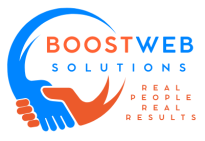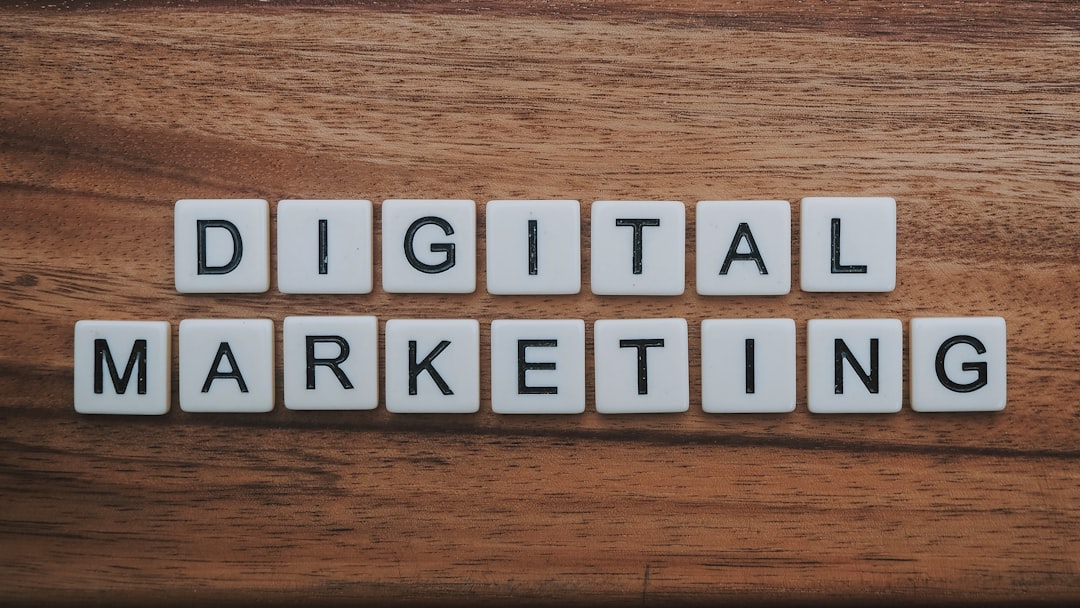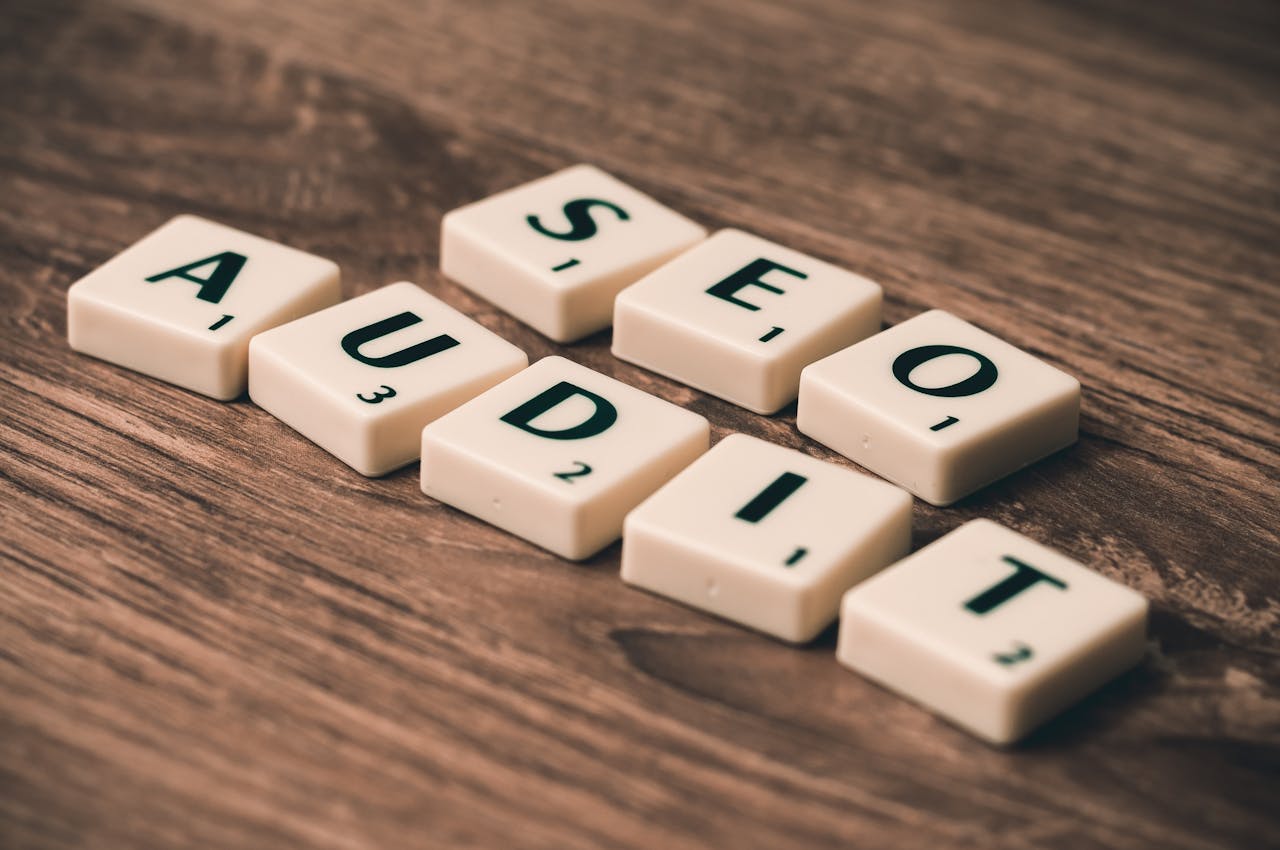Introduction
In a crowded marketplace, a well-planned digital marketing campaign is the backbone of sustainable growth. It weaves together paid advertising, social media, email, content, SEO, and analytics into a cohesive engine that attracts, engages, and converts customers. For digital agencies, campaigns are not just about delivering ads or posts—they’re about strategy, precision, and measurable outcomes that align with a client’s business goals. This article outlines why digital marketing campaigns matter, what components make them effective, and how to run campaigns that move the needle.
What is a digital marketing campaign?
- A digital marketing campaign is a coordinated series of online activities designed to achieve a specific objective within a defined time frame. Objectives can include brand awareness, lead generation, sales, app installs, or customer retention.
- Core channels typically involved:
- Paid advertising (search, social, display, video)
- Social media marketing (organic and paid)
- Content marketing (blogs, videos, infographics)
- Email and automation
- SEO and organic social presence
- retargeting and remarketing
- Key attributes:
- Clear goals and metrics
- Target audience definition and segmentation
- A messaging framework tailored to stages of the buyer journey
- A channel mix that aligns with audience behavior
- Creative assets, landing pages, and tracking mechanisms
- Measurement, optimization, and reporting
Why digital marketing campaigns are essential
Paid advertising: The accelerant
- Search advertising (PPC):
- Immediate visibility for high-intent queries
- Opportunities for branded, generic, and competitor terms
- Importance of keyword strategy, quality scores, and landing page relevance
- Social advertising:
- Facebook/Instagram, LinkedIn, TikTok, X (formerly Twitter), Pinterest, YouTube, and more
- Audience segmentation, lookalike audiences, retargeting, and creative testing
- Creative formats: image, video, carousels, stories, reels, short-form
- Display and video:
- Brand awareness and retargeting across publisher networks
- YouTube ads, programmatic display, and in-stream video
- Paid search versus paid social trade-offs:
- Use paid search for direct response and high intent
- Use paid social for awareness, interest, and audience discovery
- Measurement basics:
- CPA, ROAS, CTR, conversion rate, and view-through metrics
- Attribution models and last-click vs. multi-touch considerations
- Best practices:
- Clear goals, compelling offers, strong landing pages
- Conversion-focused design and testing (A/B/n)
- Frequency capping and creative fatigue management
- Budget pacing and seasonality planning
Social media platforms: Building community and credibility
- Platform strategy:
- Choose platforms based on where your audience spends time and their content preferences
- Align content formats: short-form video on TikTok/IG, professional storytelling on LinkedIn, visual storytelling on Pinterest/Instagram, community discussions on Facebook Groups
- Organic vs. paid social:
- Organic builds trust, authority, and long-term relationships
- Paid amplifies reach, accelerates funnel movement, and enables precise targeting
- Content ecosystem:
- Educational content: how-tos, tips, industry insights
- Thought leadership: perspectives from leadership or subject matter experts
- Social proof: testimonials, case studies, reviews
- Behind-the-scenes and brand personality to humanize the business
- Community management:
- Responding to comments, DMs, and mentions to nurture relationships
- Encouraging user-generated content and advocacy
- Measurement:
- Engagement rate, follower growth, share of voice, sentiment, and conversions from social
- Best practices:
- Consistent posting cadence and brand voice
- Native formats and platform-specific best practices
- Strategic use of hashtags, mentions, and collaborations
Content marketing as the backbone
- Content fuels paid and organic channels:
- Landing pages, blog posts, videos, and infographics support ads, SEO, and social campaigns
- Content planning:
- Topic clusters aligned to buyer intent
- Content calendar synced with product launches, promotions, and seasonal events
- Distribution:
- Promote content through paid channels to extend reach
- Use email and remarketing to re-engage audiences with relevant content
- Measurement:
- Traffic, time on page, downloads, shares, and downstream conversions
Email marketing and automation
- Nurturing leads:
- Drip campaigns, behavior-triggered emails, and lifecycle campaigns
- Personalization and segmentation:
- Tailor content based on interests, engagement, and stage in the funnel
- Deliverability and reputation:
- List hygiene, authentication (DKIM/SPF), and unsubscribe clarity
- Metrics:
- Open rate, click-through rate, conversion rate, revenue per email
Data, privacy, and ethics
- Compliance:
- GDPR, CCPA, and other regional regulations; consent and data minimization
- Privacy-first marketing:
- First-party data strategies, contextual targeting, and transparent data use
- Brand safety:
- Ad placements, content alignment, and message consistency
- Responsible AI use:
- If using AI to generate content or optimize campaigns, ensure accuracy, avoid bias, and maintain brand voice
Measurement, attribution, and optimisation
- Attribution models:
- Last-click, first-click, linear, time-decay, or data-driven attribution (where available)
- Key metrics across the funnel:
- Awareness: impressions, reach, ad recall
- Consideration: engagement, video view time, landing page visits
- Conversion: leads, sales, cost per acquisition (CPA)
- Loyalty: repeat purchases, customer lifetime value (CLV)
- Optimization workflow:
- Test hypotheses with A/B tests or multivariate tests
- Use dashboards for real-time monitoring
- Iterate based on insights and business impact
How a digital agency can help clients succeed
- holistic strategy:
- Define target audience, objectives, and success metrics
- Map the customer journey and identify channel roles
- channel orchestration:
- Plan paid media, social, email, and content holistically rather than in silos
- creative and asset production:
- Develop adaptable templates for ads, social posts, and landing pages
- data and analytics:
- Implement robust tracking, attribution, and forecasting
- governance and reporting:
- Set up regular cadences, dashboards, and performance reviews
- continuous optimization:
- Lean experimentation mindset with rapid iteration
Real-world tips and considerations
Conclusion
Digital marketing campaigns are more than a collection of ads and posts; they are a strategic, data-driven approach to growing a business in a digital-first world. By aligning paid advertising, social media, email, content, and measurement under a coherent strategy, digital agencies can drive awareness, demand, and loyalty for clients across channels.
Regards, The ‘BOOST WEB SOLUTIONS’ TEAM



